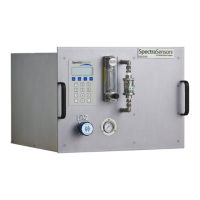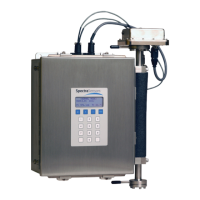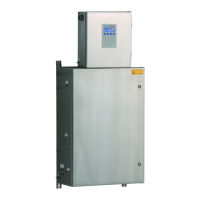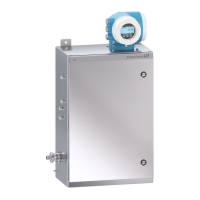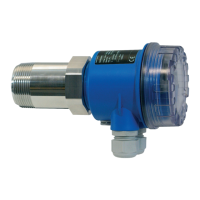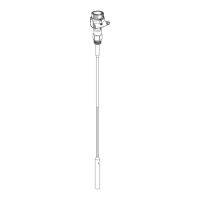Introduction
Hardware Installation and Maintenance Manual 1
–5
About the Gas Analyzers
The SS2100i-1 analyzers are tunable diode laser (TDL) absorption
spectrometers operating in the near- to short-wavelength infrared. Each
compact sensor consists of a TDL light source, sample cell and detector
specifically configured to enable high sensitivity measurement of a particular
component within the presences of other gas phase constituents in the stream.
The sensor is controlled by microprocessor-based electronics with embedded
software that incorporates advanced operational and data processing
algorithms.
Sample conditioning system
The analyzer may be integrated with a sample conditioning system (SCS) that
is specifically designed to meet the sample condition requirements for the
analyzer while preserving sample integrity and minimizing sample lag time.
Refer to the SCS Manual for more information.
Determining firmware version
When the analyzer is powered on for the first time, the firmware version will
display on the system LCD for approximately seven seconds. Refer to
“Powering Up the Analyzer” in the Firmware Manual for this analyzer for
operational instructions. The firmware version for each analyzer is also listed
on the analyzer calibration certificate.
How the Analyzers Work
The SS2100i-1 analyzers employ tunable diode laser absorption spectroscopy
(TDLAS) to measure the concentration of single compounds in gas mixtures. In
its simplest form, a diode laser absorption spectrometer typically consists of a
sample cell with a mirror at one end, and a mirror or window at the opposite
end, through which the laser beam can pass. Refer to Figure 1–1 on page 1–6.
The laser beam enters the cell and reflects off the mirror(s) making one or
more trips through the sample gas and eventually exiting the cell where the
remaining beam intensity is measured by a detector. With the SS2100i-1
analyzers, sample gas flows continuously through the sample cell ensuring that
the sample is always representative of the flow in the main pipe.
Due to their inherent structure, the molecules in the sample gas each have
characteristic natural frequencies (or resonances). When the output of the
laser is tuned to one of those natural frequencies, the molecules with that
particular resonance will absorb energy from the incident beam. That is, as the
beam of incident intensity, I
0
(), passes through the sample, attenuation occurs
via absorption by the trace gas with absorption cross section (). According
to the Beer-Lambert absorption law, the intensity remaining, I(), as measured
by the detector at the end of the beam path of length / (cell length x number
of passes), is given by ,where N represents the
species concentration. Thus, the ratio of the absorption measured when the
I I
0
exp lN–=

